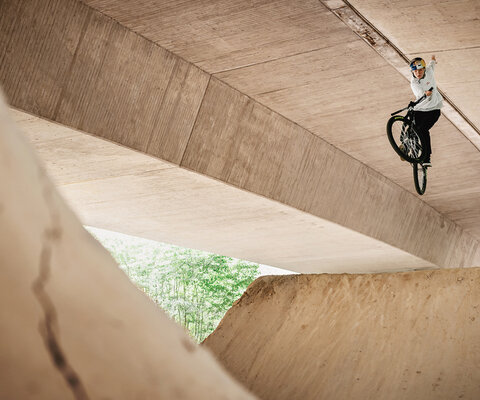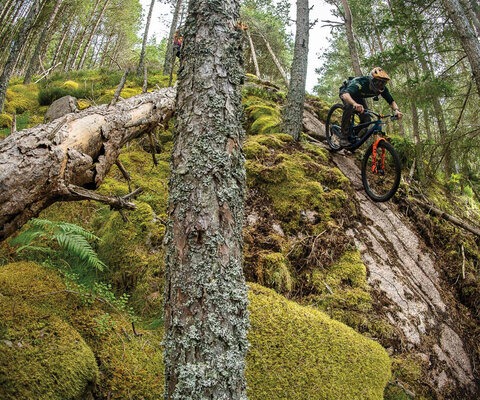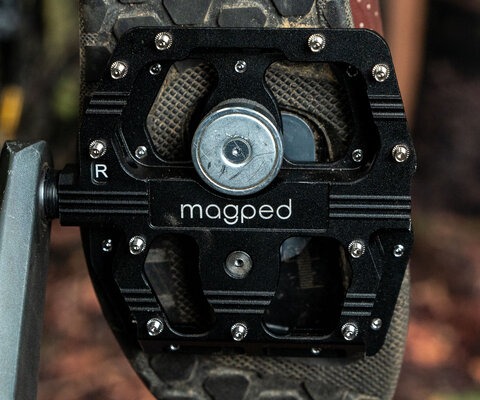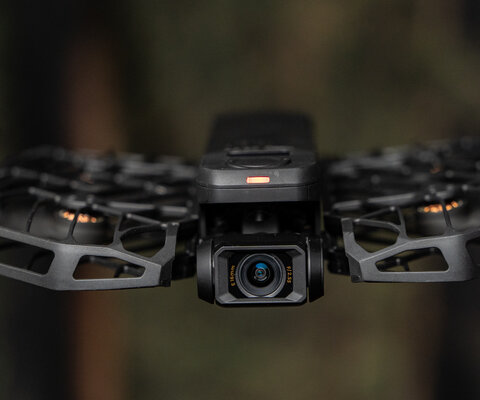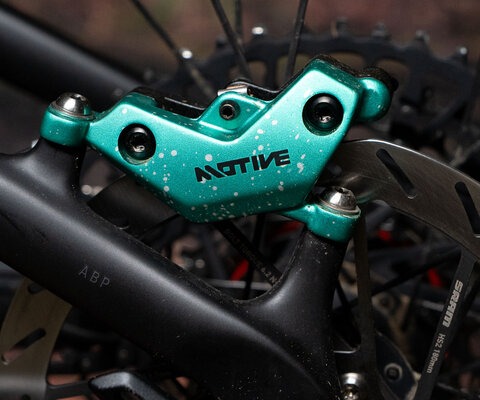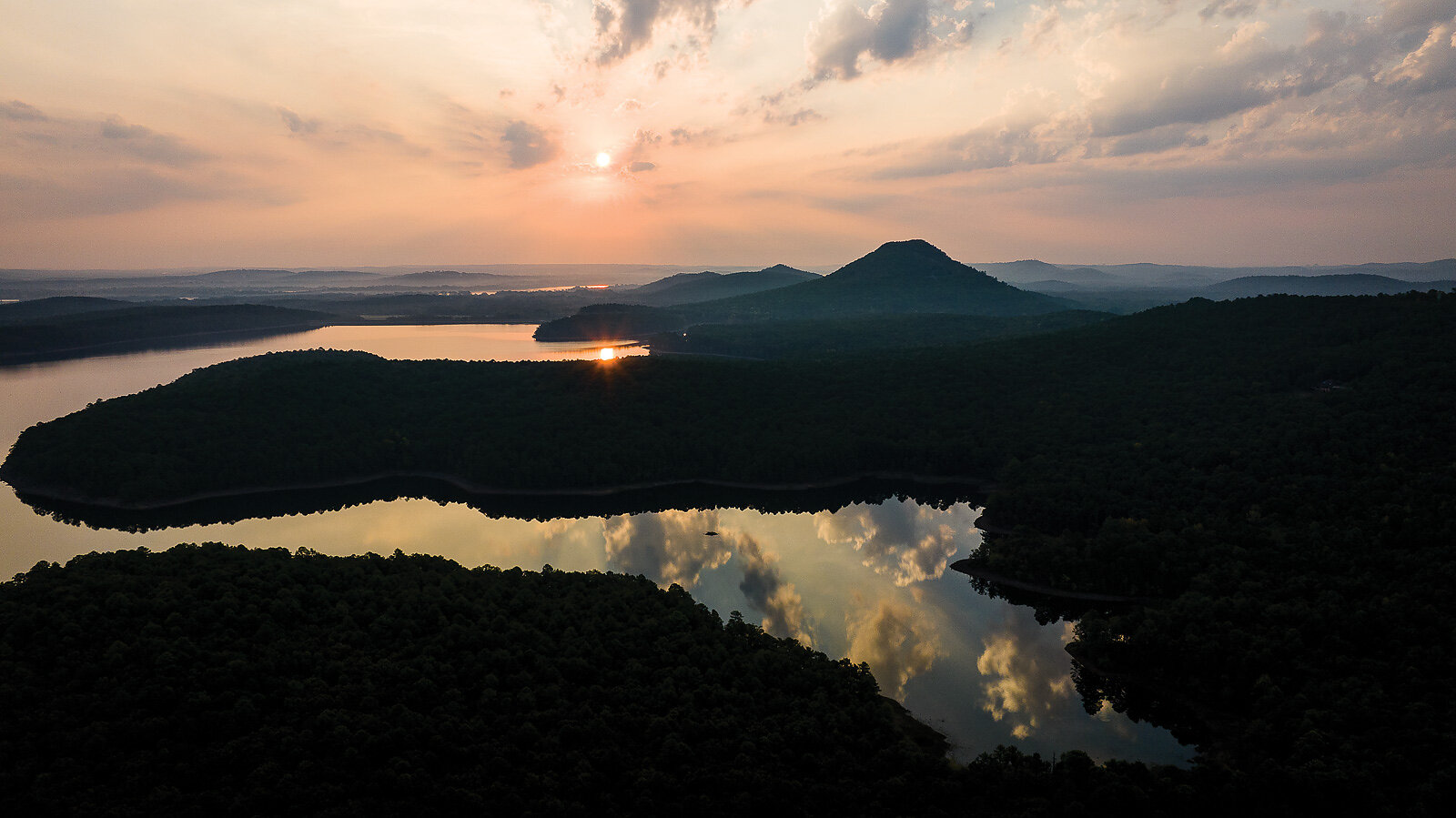
Old Soul The Natural State's Rich Off-Road History
Words by Joe Jacobs
Arkansas plays a trick on first-time visitors arriving from the East. The roads, dead flat and straight, lull newcomers into believing this lack of geological diversity will span the entire state. Then, just beyond the Arkansas Delta farmlands, the gradual ascent from the Mississippi River Valley to the peaks of the American West begins.
In these foothills of the Ouachita and Ozark ranges, an array of wetlands, rolling timberlands, and pockets of canyons and snaking valleys dot the land. Rivers, large and small, meander to the Mississippi River.
These mountains, which exceed 300 million years in age, are among the oldest of the American landscape. Although inhabited for more than 10,000 years, European explorers began settling in the 1500s. And while the mountains of “The Natural State” do not scrape the skies like the towering Rockies or the mighty Sierra Nevada, their deep hollows create hideaways where an adventurous person can easily escape the noise and commotion of the modern world.
Beyond the bounds of the interstate, backroads teem with artifacts of the region’s cultural history, evoking a remarkable sense of authenticity. Arkansas is an old soul that gently envelops its visitors to deliver an unforgettable journey. It is a place to reconnect with nature, travel companions, and authentic local characters.
“The mountains of Arkansas have such a diverse beauty,” said Rebecca Rusch, a professional cyclist who rode more than 1,000 miles last fall on the Arkansas High Country Route, a mix of paved and gravel roads through the Ozark and Ouachita Mountains. “Big adventure, remote, and challenging riding with small-town hospitality are what made Arkansas special for me.”
Mountain biking surfaced in Arkansas around the same time as it did elsewhere in North America. During the cycling boom of the 1970s, young people began experimenting with whatever bike they owned on gravel roads, horse, hiking, and motorcycle trails.
During the late 1980s and the beginning of the ‘90s, the first designated mountain bike trails were constructed in the state: Fossil Flats at Devil’s Den State Park in northwestern Arkansas, followed by the Camp Robinson trails in central Arkansas.
Those first mountain bike trails at Devil’s Den did not appear out of nowhere. As mountain biking grew in the 1980s, riders were showing up at Devil’s Den wondering if they could ride its 40 to 50-year-old hiking trails. While other states’ parks were putting up “no bikes” signs at their trailheads, the park superintendent at Devil’s Den, Wally Scherrey, and the park interpreter, Tim Scott, saw an opportunity to serve these eager visitors.
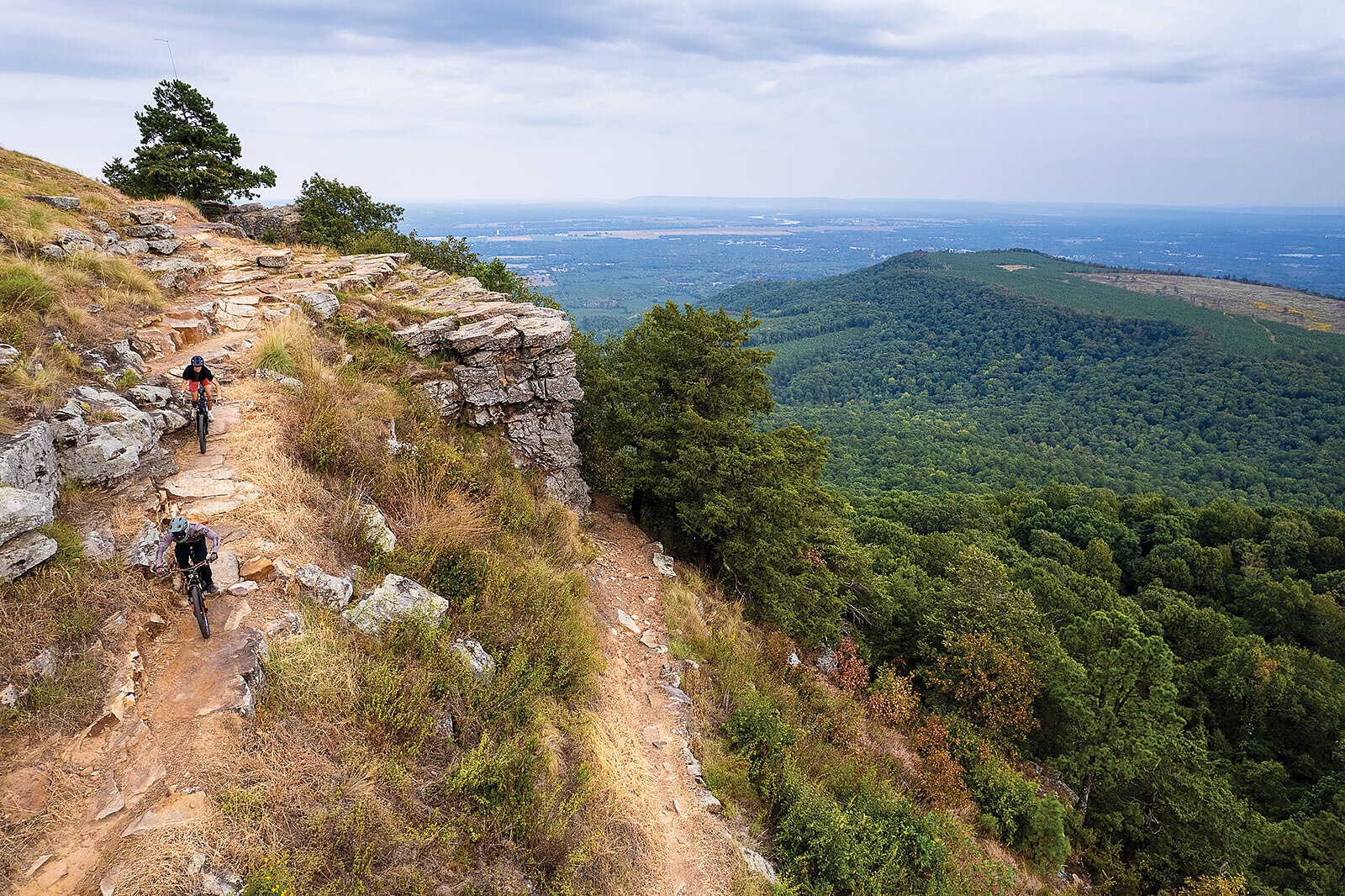
After hearing about the Crested Butte Mountain Bike Festival, they contacted the State Director of Parks and Tourism and asked to take a state van to Colorado to witness firsthand how community-oriented mountain biking could fit into the outdoor recreation picture at Arkansas State Parks. The parks were not flush with money, and the two agreed to cover much of their own costs and camp out of the van. Back then, neither Scherrey nor Scott were experienced mountain bikers, but they did have Schwinn High Sierra bikes and immersed themselves in the experience.
“We stayed in the Forest Service campground near the Butte and rode our bikes into town every day and participated in and observed all the events, bike polo, all the races, slow races, trials,” Scherrey said. “It was a really good week, and we met a lot of neat people. We thought this would be a really good idea to bring back to the park. We have the Boston Mountains and the terrain—a bicycle would fit right in.”
According to Scott, they narrowly escaped serious injury on several occasions. Though, unperturbed, they realized during their time in Colorado that mountain biking was on the rise and saw no reason to restrict mountain bikes from parks back home. Instead, they wanted to encourage them. Once the pair returned to Arkansas, they designated Fossil Flats an official mountain bike trail. Later, in 1989, Scott and Scherrey organized the first Ozark Mountain Bike Festival. The festival included races, bike limbo, a Huffy toss, a log pull, and more in an ode to what they experienced in Crested Butte. This was the first mountain bike festival in Arkansas and it continues today, held each April at Devil’s Den State Park.
“Eighty to 100 riders showed up that first year, and cyclists from northwest Arkansas supported the event,” Scott said. “In the coming years, we helped several mountain bike festivals and events in central Arkansas. It all just seemed to happen to hit at the right time.”
Scott is now the Assistant Superintendent at Devil’s Den State Park and is known throughout the local mountain bike community as the Godfather of Arkansas mountain biking.
While central Arkansas and northwestern Arkansas embraced mountain biking simultaneously, the sport grew at different rates in each area. Central Arkansas already had a strong road cycling presence that transferred into offroad disciplines. With a larger population, the Little Rock and North Little Rock region soon became the state’s main hub of mountain bikers. Just to the west of Little Rock, the Ouachita Mountains gave riders ample opportunities to build high-quality trails and incorporate historic hiking trails into the local mountain biking scene.
The Womble, a 1930s-era hiking trail east of Mena, Arkansas, was opened to mountain biking and eventually became the state’s first International Mountain Bicycling Association (IMBA) Epic designated trail. Trails were built near Hot Springs, including the Lake Ouachita Vista Trail (LOViT), and more than 100 miles of the Ouachita National Recreation Trail (ORNT) opened to mountain biking. Only one county in the United States has more than one IMBA Epic trail. Montgomery County, Arkansas has three: the Womble, the LOViT, and the ONRT. For Arkansas mountain bikers, trips to these trails and others in the state often include stops at local eateries for delicious, post-ride home cooking.
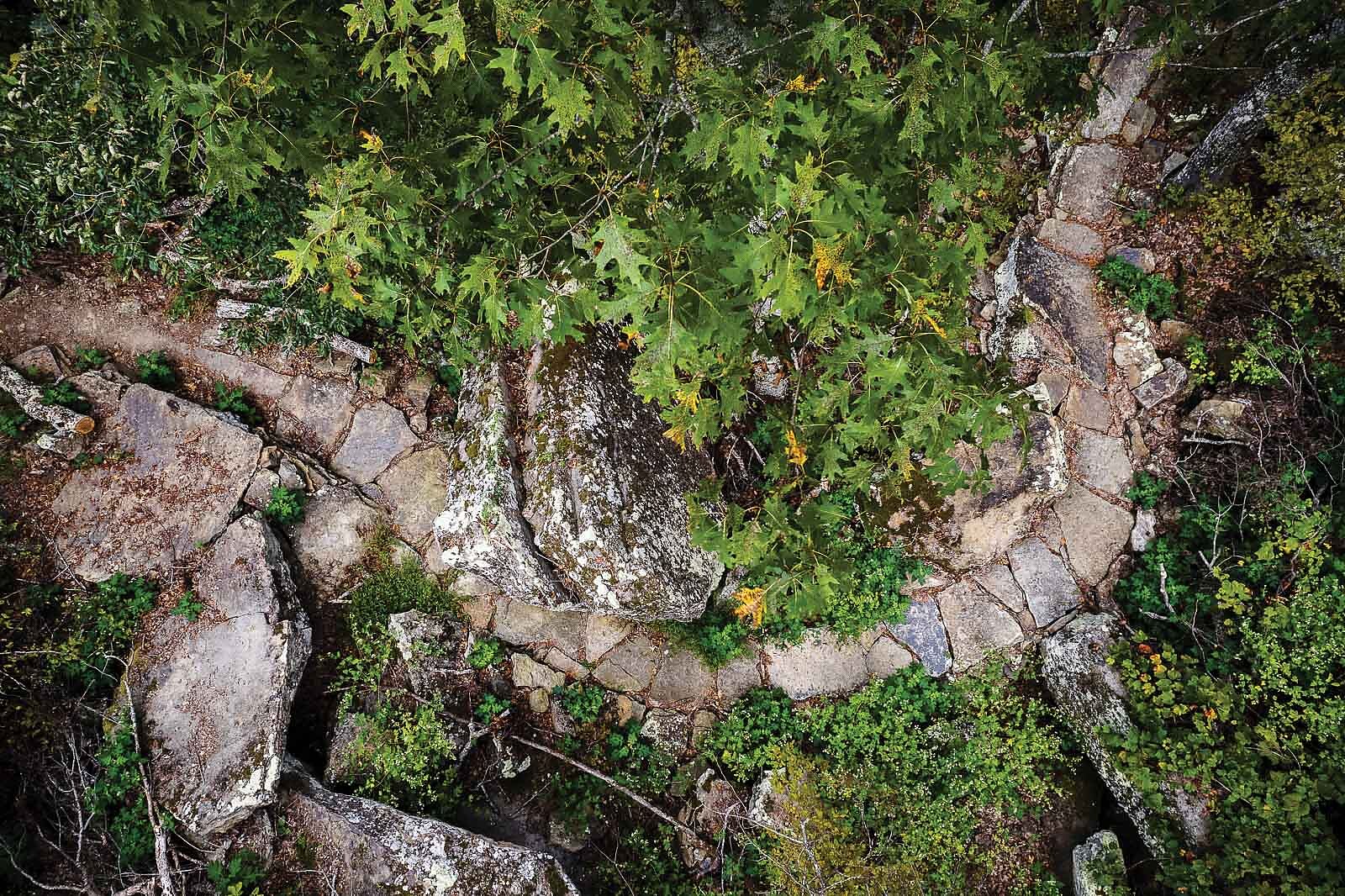
TODAY, NORTHWESTERN ARKANSAS IS KNOWN AS A REGION THAT HAS GONE “ALL IN” ON ESTABLISHING ITSELF AS A HUB FOR MODERN MOUNTAIN BIKERS.
In central Arkansas, the Camp Robinson trails continued to expand, eventually reaching well over 40 miles of hand-built trail covering every difficulty level. The state’s first IMBA chapter, Central Arkansas Recreational Pedalers (CARP), was formed to maintain and provide access to the Camp Robinson trails. As the sport’s popularity expanded, singletrack was built at Burns Park in North Little Rock as well as Boyle and Allsopp parks in Little Rock.
By the late 1990s, a second IMBA chapter formed in Fayetteville, Arkansas. The Ozark Off-Road Cyclists (OORC) had an initial mission to maintain the Fossil Flats Trail and other trails within Devil’s Den State Park but grew to also champion several other trail systems throughout northwestern Arkansas.
Mountain biking gained statewide recognition for its growth in the mid-2000s, marked by Arkansas State Parks fully embracing it as a significant attraction for outdoor recreation. While festivals and races had been happening at Devil’s Den and Daisy State Park for more than a decade, the support of IMBA and OORC allowed trails to be built at Hobbs State Park-Conservation Area near Rogers. Simultaneously, the superintendents at Cane Creek, Village Creek, and White Oak Lake State Parks built designated mountain bike trails. These were among the first mountain bike trails in the state built outside the Ozark and Ouachita Mountains, proving that mountain biking infrastructure could be built almost anywhere in Arkansas.
While new trails were opening at Hobbs State Park further north, a small group began building trails in Bentonville. Leading the group were members of the Walton family—the founders of Walmart, a multinational corporation that began in Rogers in 1962 and is now headquartered in Bentonville. The first five miles of mountain bike trails opened at Slaughter Pen around 2005. With the Waltons providing ample funds for local recreation development, the spark that would ignite northwestern Arkansas mountain biking had officially been lit.
By 2016, Bentonville and its surrounding communities had become home to hundreds of miles of mountain bike trails. That fall, IMBA brought its World Summit to Bentonville, a move that put the area’s trails and incredible mountain biking infrastructure into focus. Community leaders throughout the state began paying attention and soon, professionally built mountain bike trails were popping up across the state—most built by private trailbuilding contractors with a seemingly never-ending queue of jobs. As a result, small, local trail systems sprung up near cities along major highway corridors. IMBA chapters grew from the original two to five with several sub-chapters. Today, northwestern Arkansas is known as a region that has gone “all in” on establishing itself as a hub for modern mountain bikers. What it lacks in rugged relief, compared to other quintessential fat-tire destinations, it makes up for in sheer ease of access to its trail systems.
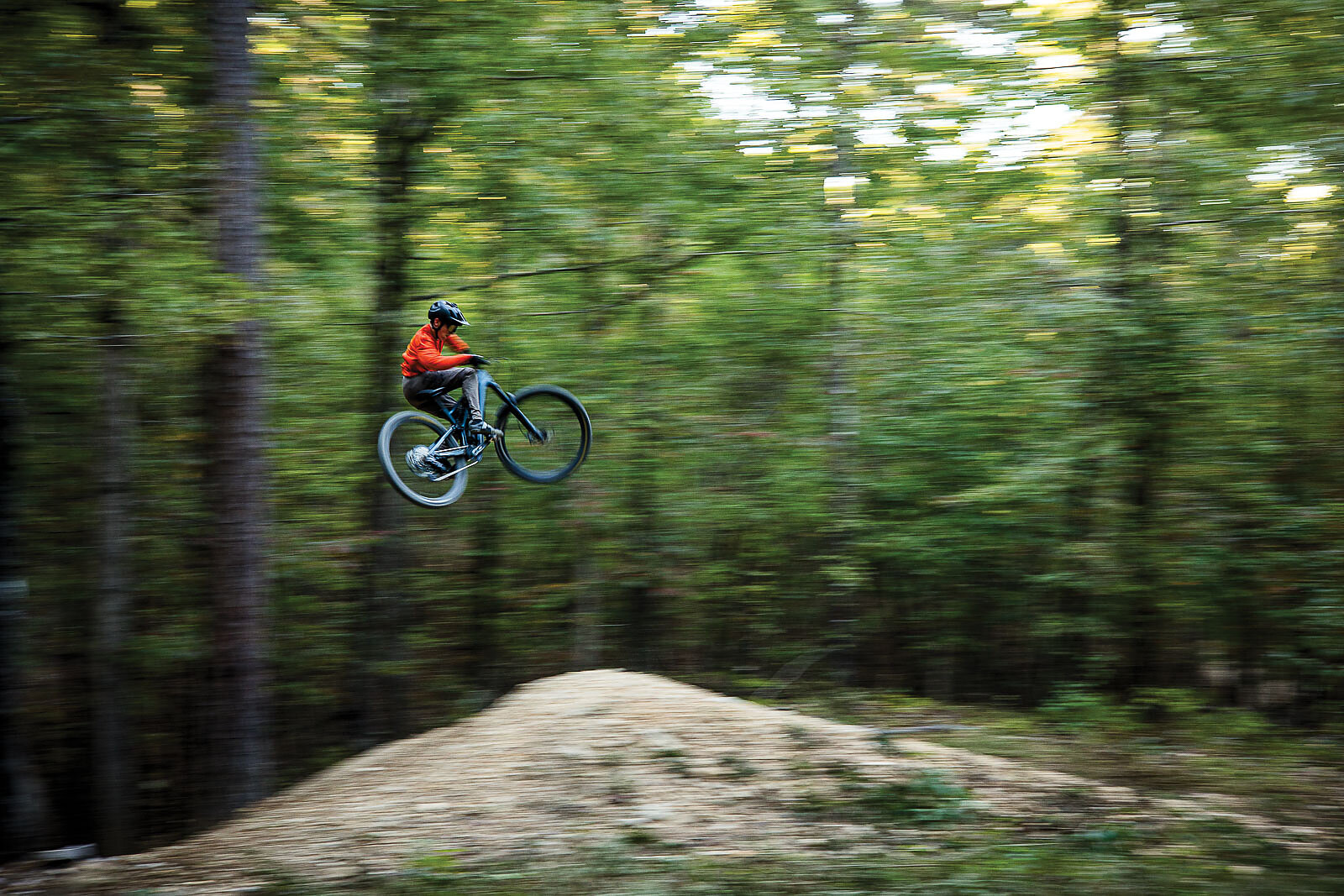
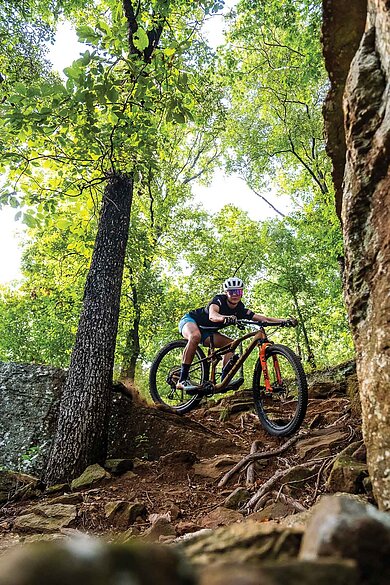
This focus on removing roadblocks for new riders has been an essential factor in the state’s rapid mountain biking growth and stems from broader Arkansas cultural traits that emphasize and place value on community. In a state of just over 3 million people, there are generally only two degrees of separation—everyone knows someone who knows someone. So, when the trail advocates, the money people, and community leadership started moving in step, there was little stopping massive trail expansion. In Arkansas, synergy is what happens when the right people get together for a ride.
Around the time the IMBA World Summit took place in Bentonville, the Walton family was looking for ways to expand mountain biking throughout the rest of the state. Grady Spann, the Director of Arkansas State Parks at the time, had recently discovered mountain biking. Gary Vernon, a project manager for the Walton Family Foundation, reached out to Spann inviting him and several staff members on a mountain bike ride on Walton family property. They would arrive with bikes via Tom Walton’s helicopter. Who would say no?
After landing in a field along the Kings River, the group was met by Aaron Rogers of Rock Solid Trail Contracting, the private trailbuilding company employed by the Waltons to construct many of Arkansas’ modern trails. Rogers shuttled the group on side-by-sides to the top of the bluff line with their bikes in tow for a short ride.
The trail was among the best Spann had seen in the entire state, with massive berms leading the riders to rock-armored paths below the bluffs, eventually winding down to a river crossing. After a quick stop to take in the beauty of the Kings River, Vernon turned to Spann and said, “What do you think of having trails like this in the state parks?”
Spann remembers pondering the question for a bit, including what hurdles they’d face and how it could work, before responding with a simple, “Sure.”
Thus, the Monument Trails were born—a designation coined for select, premium mountain bike trails within Arkansas State Parks. Monument Trails were built at four state parks, using some of the best trailbuilders in the nation, with the goal of transporting riders to beautiful locations that most Arkansans never previously had the chance to experience. There were still hurdles ahead, but these trails now represent some of Arkansas’ best riding and are among the most unique mountain bike-specific projects undertaken by a state parks department anywhere in the country.
When Arkansas Tourism had a booth at the now defunct Interbike International Bicycle Expo in Las Vegas, Nevada, the question they were most often asked was, “What is the best season to ride in Arkansas?”
In reality, the Natural State has a mountain biking season that is 365 days long. While spring and summer may be considered by many as the best time to ride, many locals prefer winter when the leaves fall and the views open up. In the cooler months, temperatures lend themselves to comfortable riding during the day and sitting around a campfire in the evenings. Summers can be hot and although some from up north, or those who live at higher elevation, may not be acclimated to it, locals continue to ride. That said, it does help to know the location of a few nearby swimming holes.
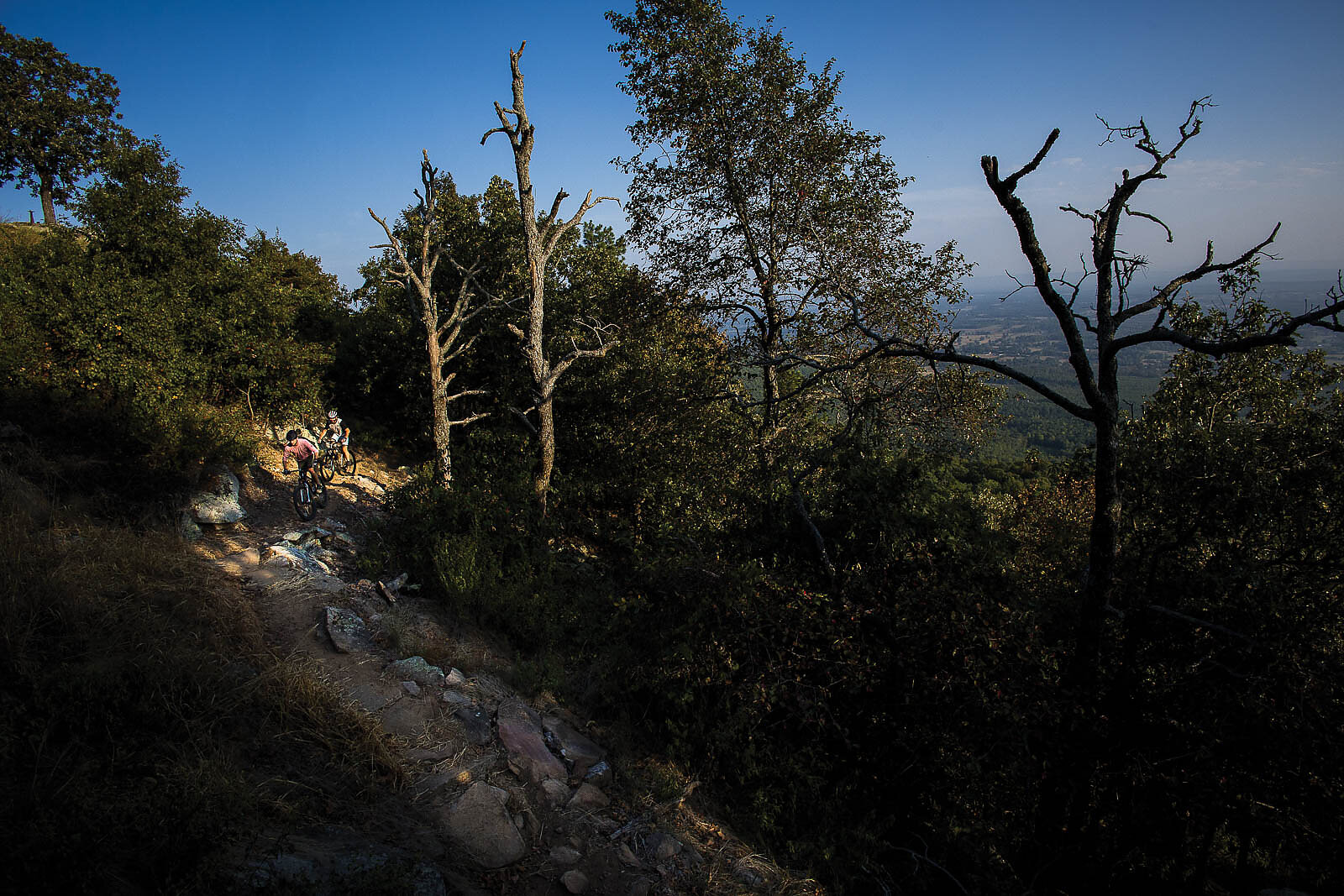
The dirt and rock of Arkansas also make it a special place to ride. The age and geology of the mountains make them porous and, as the mountains age, the rocks disintegrate, crack and break down. Sandstone and limestone make up much of the Ouachita and Ozarks. This allows water to drain quickly into the aquifers below the surface. Trails that are closed due to being wet generally have dirt or clay caps. In Arkansas, older, hand-built trails can often be ridden in the rain.
“My bike came off the trail cleaner than it went on,” said Mike Van Abel, a past executive director of IMBA, on one occasion after riding the original mountain trails at Hobbs State Park during a rainstorm.
Dirt, climate, and an abundance of trails are special, but Arkansas’ intangible, special quality for mountain bikers is the local hospitality. Here, Southern hospitality is no lie; the locals know how to put out a spread. When you ask a local mountain biker about trails, chances are good she’ll not only tell you the best way to get there, but also the best places to eat, drink, and stay in the area. In fact, she might even talk herself into riding with you.
In places such as Bentonville, Fayetteville, Little Rock, North Little Rock, and Hot Springs, some of the best trails in the state are accessible from downtown and town square, making the pre and post-rides as enticing as the trails themselves.
Mountain bikers come from all over to experience Arkansas, though most wind up only riding the bike park-like trails in the northwestern corner of the state. Those adventurous enough to explore elsewhere will find the more quiet, rugged, and isolated side of Arkansas. They’ll spend a few nights camping in the Ozark-St. Francis National Forest, riding various sections and routes of the Buffalo Headwaters, or rolling through the Syllamo trail system of the Ozarks. Venture further south and they may pedal a portion of the Ouachita National Recreation Trail. Or they may opt to stay in the rustic shelters placed about every 10 miles on this 100-plus mile stretch of backcountry singletrack. These trails, providing riders with as remote an experience as possible, include technical rocky climbs, wet stream crossings, ridgeline singletrack, and dark night skies.
The Monument Trails at Devil’s Den, Mount Nebo, and Hobbs State Parks all have campsites on the trail. Mount Nebo’s bike-in sites have tent pads, tables, and lantern hangers. Setting up a hammock near a berm, riders can wake up to the sweet sound of a hub spinning as the first rider of the day clears the cobwebs. Rise early to embark on a brisk 5.3-mile ride around the summit on Miller’s Goat before the rest of camp wakes up. These purpose-built trails boast exceptional flow, prominent berms, and distinctive visual features. To add to the remoteness, they take mountain bikers to places in the park that were inaccessible before these trails were built.
Sitting by a campfire at night under a star-filled sky, laughing with friends, the sound of nocturnal creatures provides an ambient backdrop. And, if you’re lucky, you might hear the whisper of the ancient mountains welcoming you to Arkansas.
![“Brett Rheeder’s front flip off the start drop at Crankworx in 2019 was sure impressive but also a lead up to a first-ever windshield wiper in competition,” said photographer Paris Gore. “Although Emil [Johansson] took the win, Brett was on a roll of a year and took the overall FMB World Championship win. I just remember at the time some of these tricks were still so new to competition—it was mind-blowing to witness.” Photo: Paris Gore | 2019](https://freehub.com/sites/freehub/files/styles/grid_teaser/public/articles/Decades_in_the_Making_Opener.jpg)
